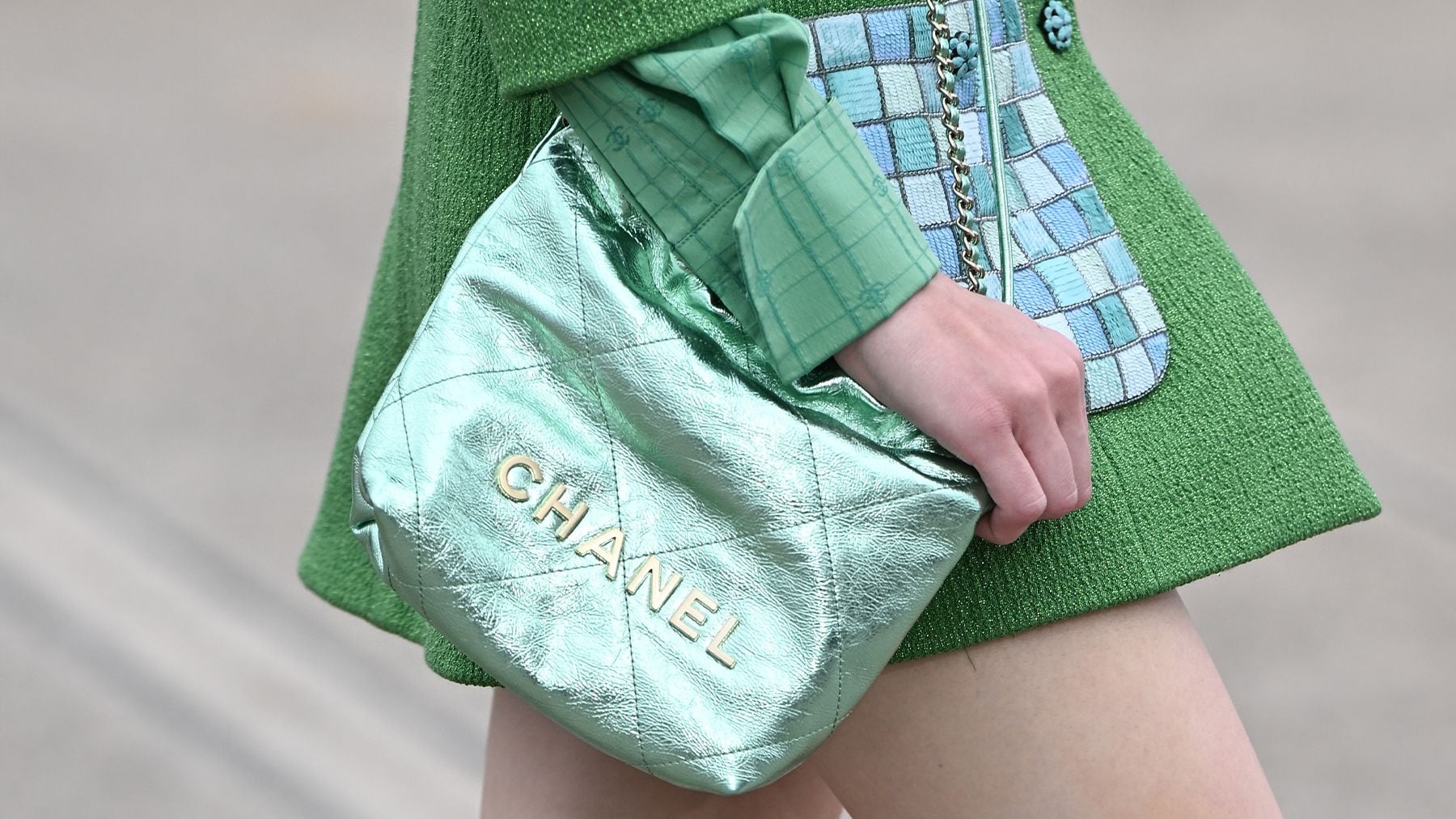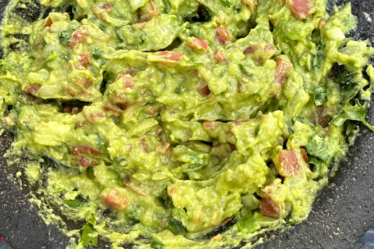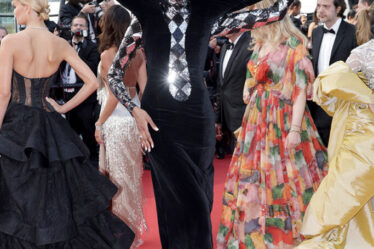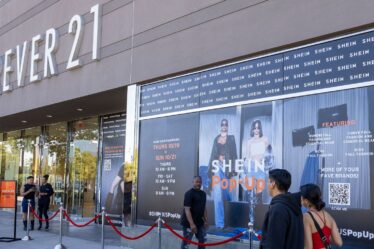
So far, the 21st Century has been good to “big luxury” players. The Great Recession in the late 2000s threw luxury brands a curveball. But they soon bounced back as new wealth creation, notably in China, continued to generate legions of shoppers eager to signal their arrival.
In 2000, the world had 15 million millionaires; by 2022 that number had roughly quadrupled to 60 million. At the same time, appetite for luxury goods grew fast among middle-class aspirants and the industry met them halfway with new product categories like streetwear that added a novel element to the marketing machine at the heart of luxury’s business model.
Through glittering megastores, celebrity-fuelled campaigns and shrewd strategies like category segregation that confined image-driving products such as evening dresses to high price ranges, ensuring they were unattainable to most, while pitching others, such as beauty, at price points for the masses, luxury brands have long managed to sell “exclusive” goods by the millions.
The marketing was so effective that as brands produced ever-higher volumes of goods, including millions of units of sneakers and sweatshirts, they were able to sacrifice quality standards to help meet growing demand and pad profit margins, all while deploying price hikes that far outpaced inflation, without triggering a backlash.
As long as the world kept producing newly minted millionaires and aspirants had access to cheap credit, the sales kept coming. But things have changed.
After a period of post-pandemic exuberance, aspirational consumers have sharply pulled back on luxury shopping, hit by rising interest rates and a cost of living crisis, while China’s millionaire-making machine has stalled, sharpening competition for the smaller pool of wealthier clients who are still spending.
In part to protect margins, brands have pushed prices higher still. The average price of luxury goods in Europe has increased by 52 percent since 2019, according to HSBC.
But it’s safe to say, the price hikes have not gone down well. They’ve succeeded in pushing aspirants further away. And though the rich have the means to keep shopping, nobody likes to be taken for a ride: on social media, critics now routinely discuss rising prices and reports of deteriorating quality and wonder aloud whether luxury brands are worth it.
The bottom line: prices are up, quality is down and social media has made it plain for all to see. In a slowing market, that’s not a great place to be.
Eventually things will bounce back, but marketing stories are hard to build and easy to break. Big luxury brands need to reinvest in quality and reexamine their pricing — or risk damaging their carefully crafted mythology.
Eugene Rabkin is the editor of StyleZeitgeist magazine.
The views expressed in Op-Ed pieces are those of the author and do not necessarily reflect the views of The Business of Fashion.
How to submit an Op-Ed: The Business of Fashion accepts opinion articles on a wide range of topics. The suggested length is 700-1000 words, but submissions of any length within reason will be considered. All submissions must be original and exclusive to BoF. Submissions may be sent to opinion@businessoffashion.com. Please include ‘Op-Ed’ in the subject line and be sure to substantiate all assertions. Given the volume of submissions we receive, we regret that we are unable to respond in the event that an article is not selected for publication.



